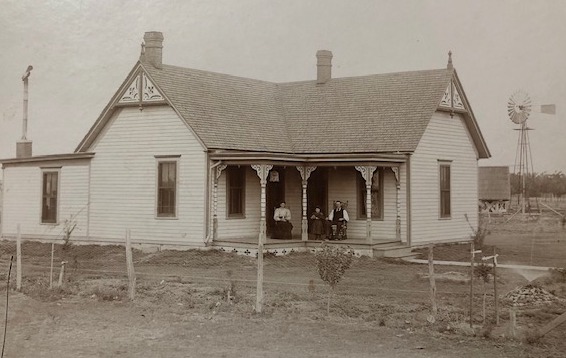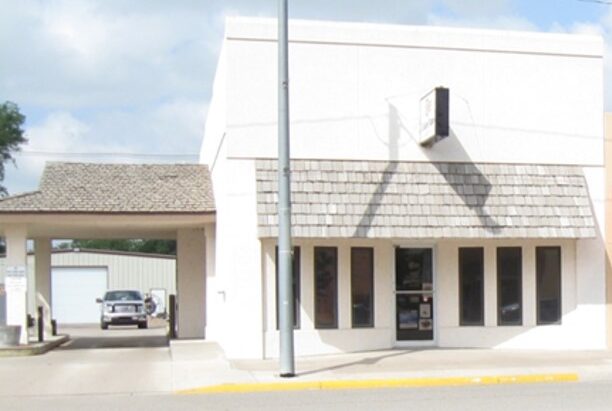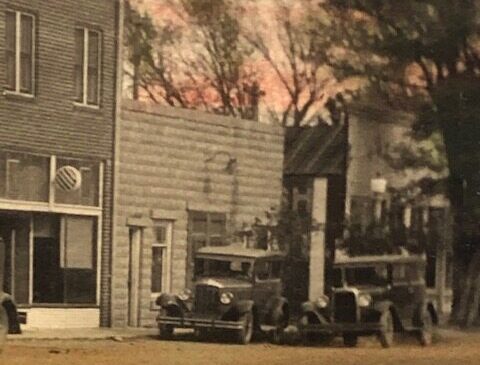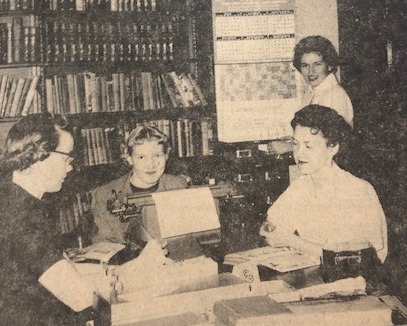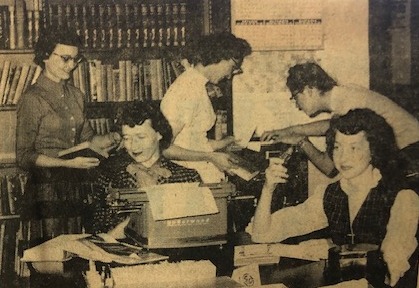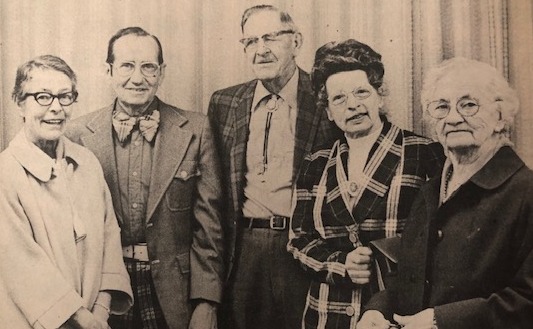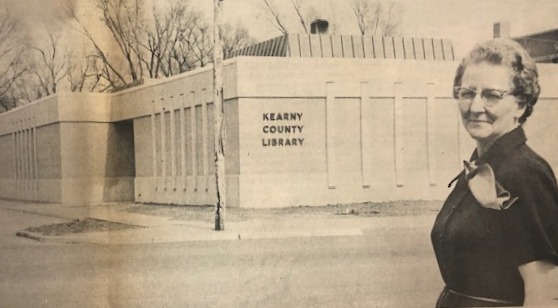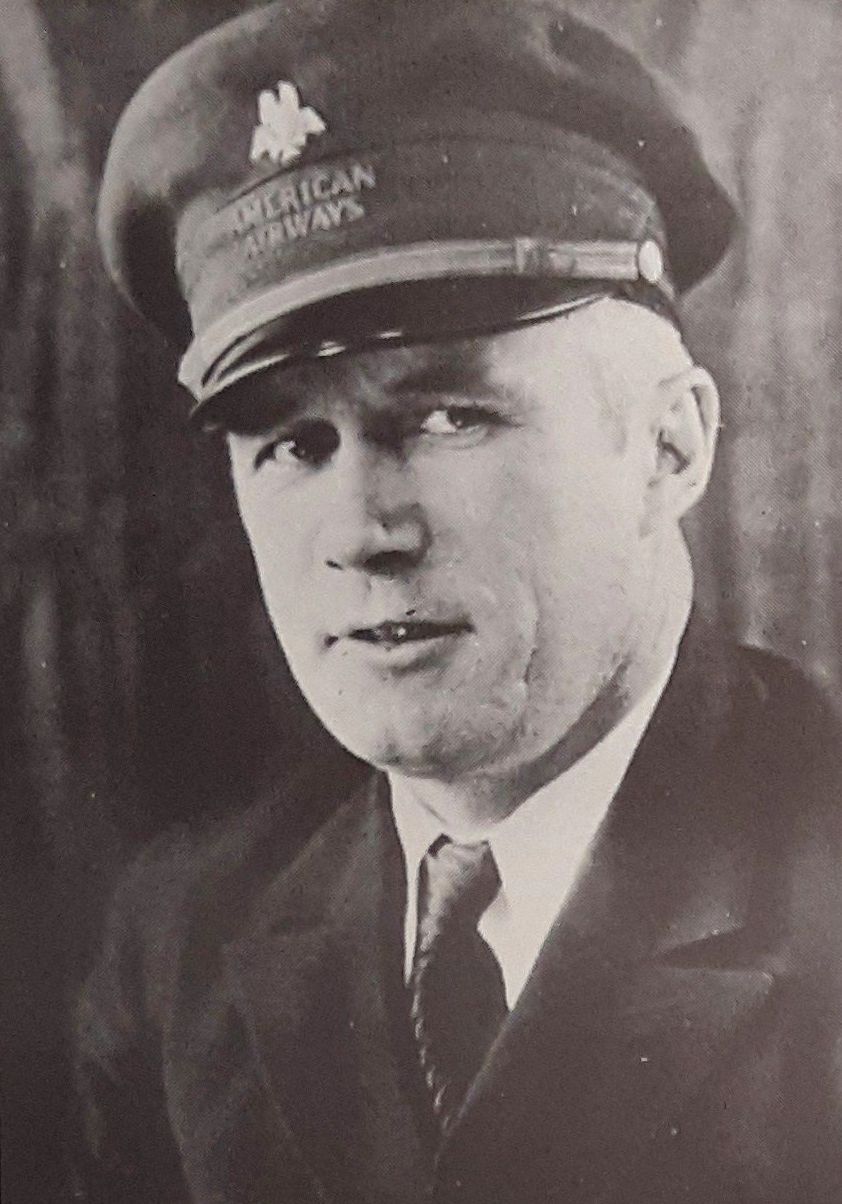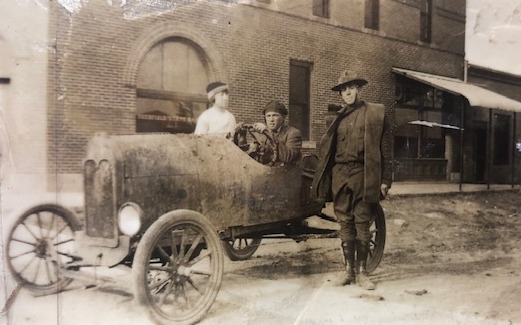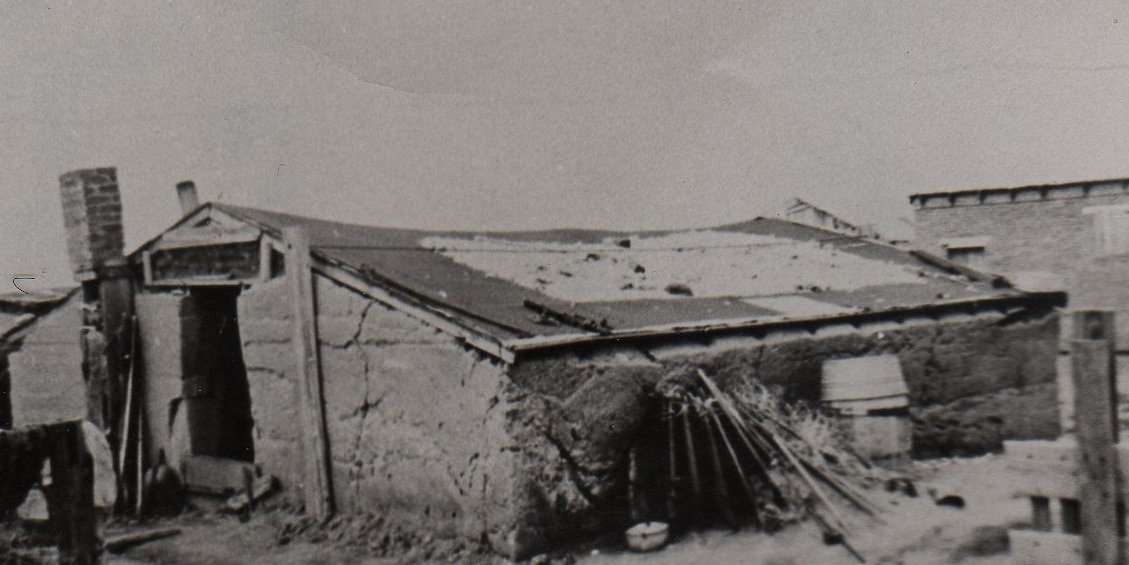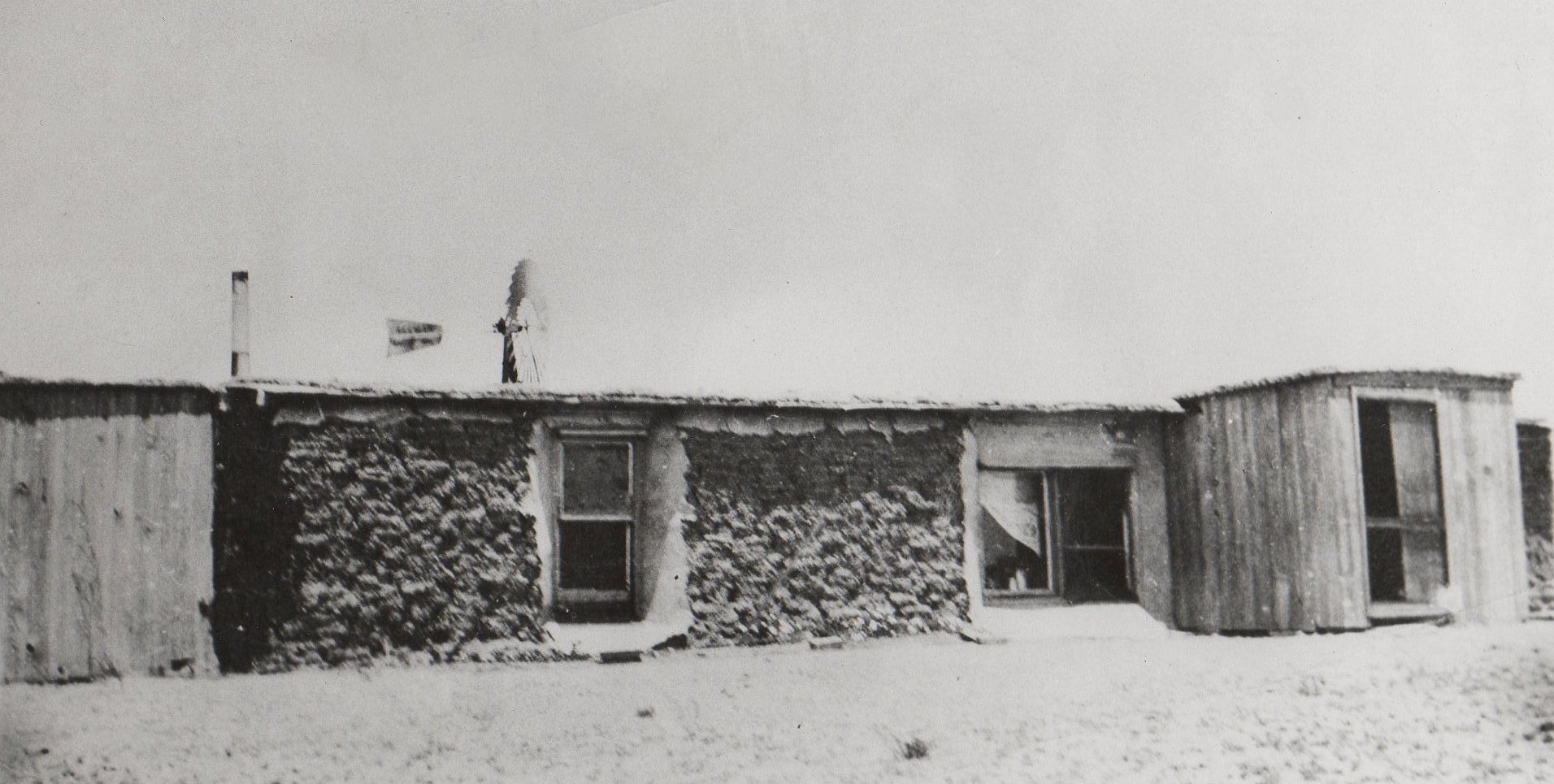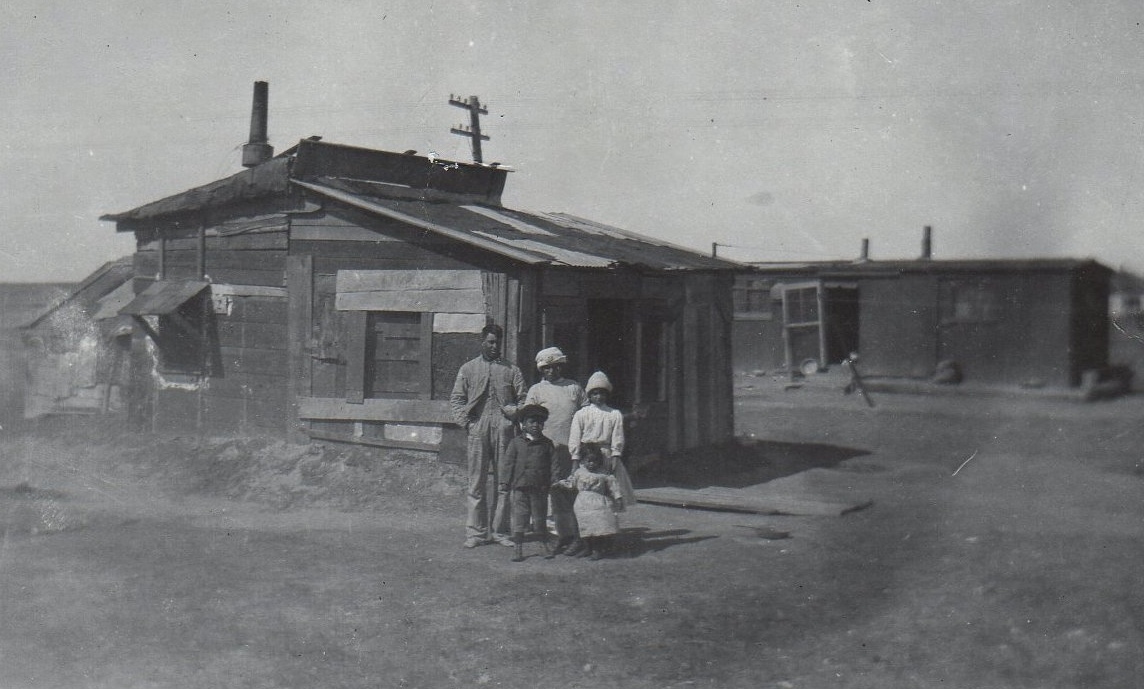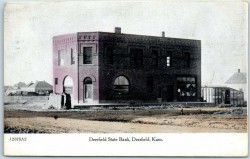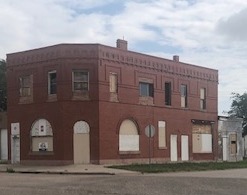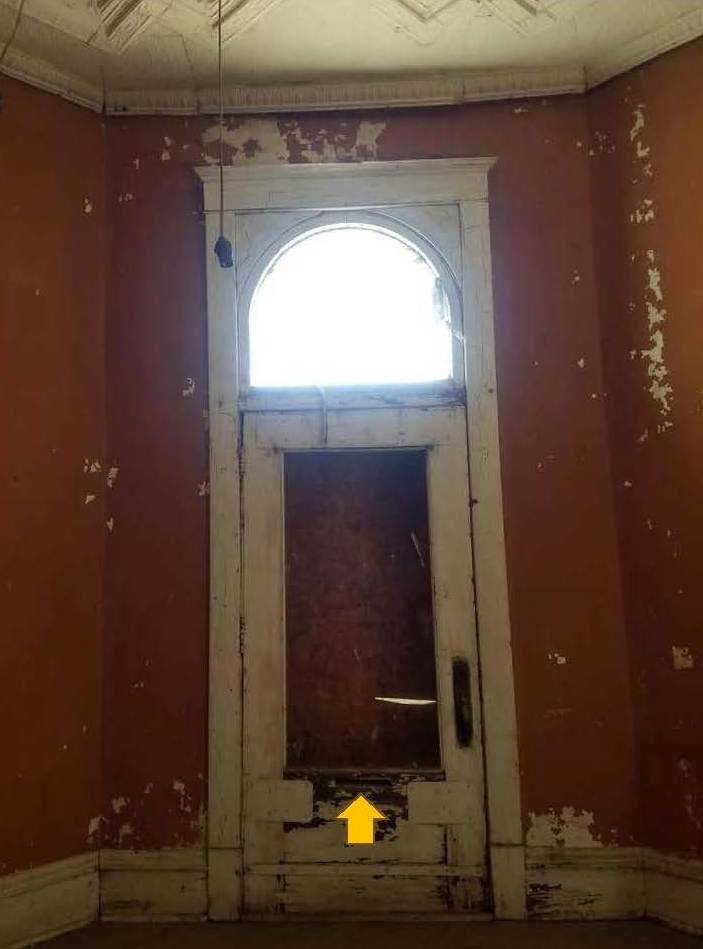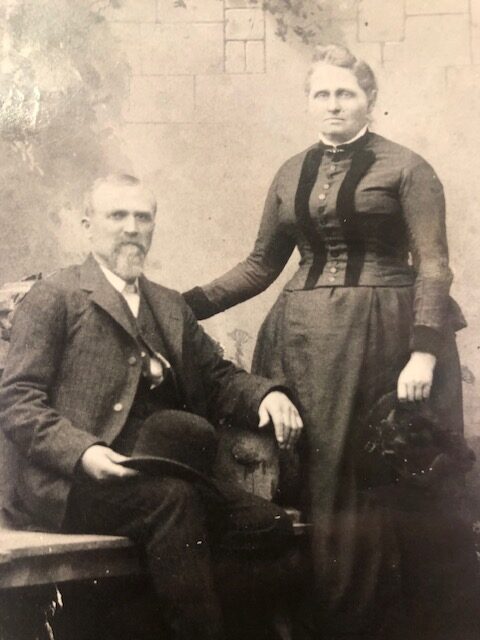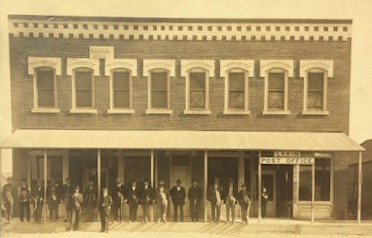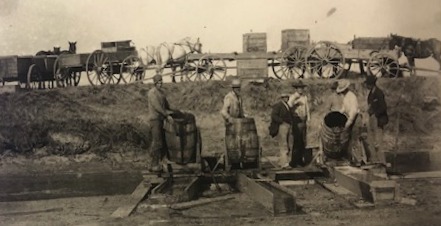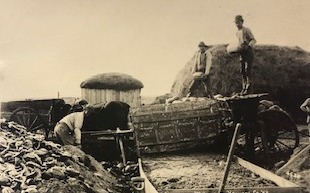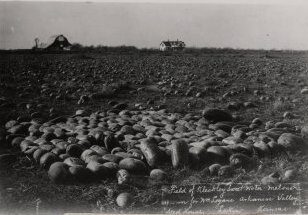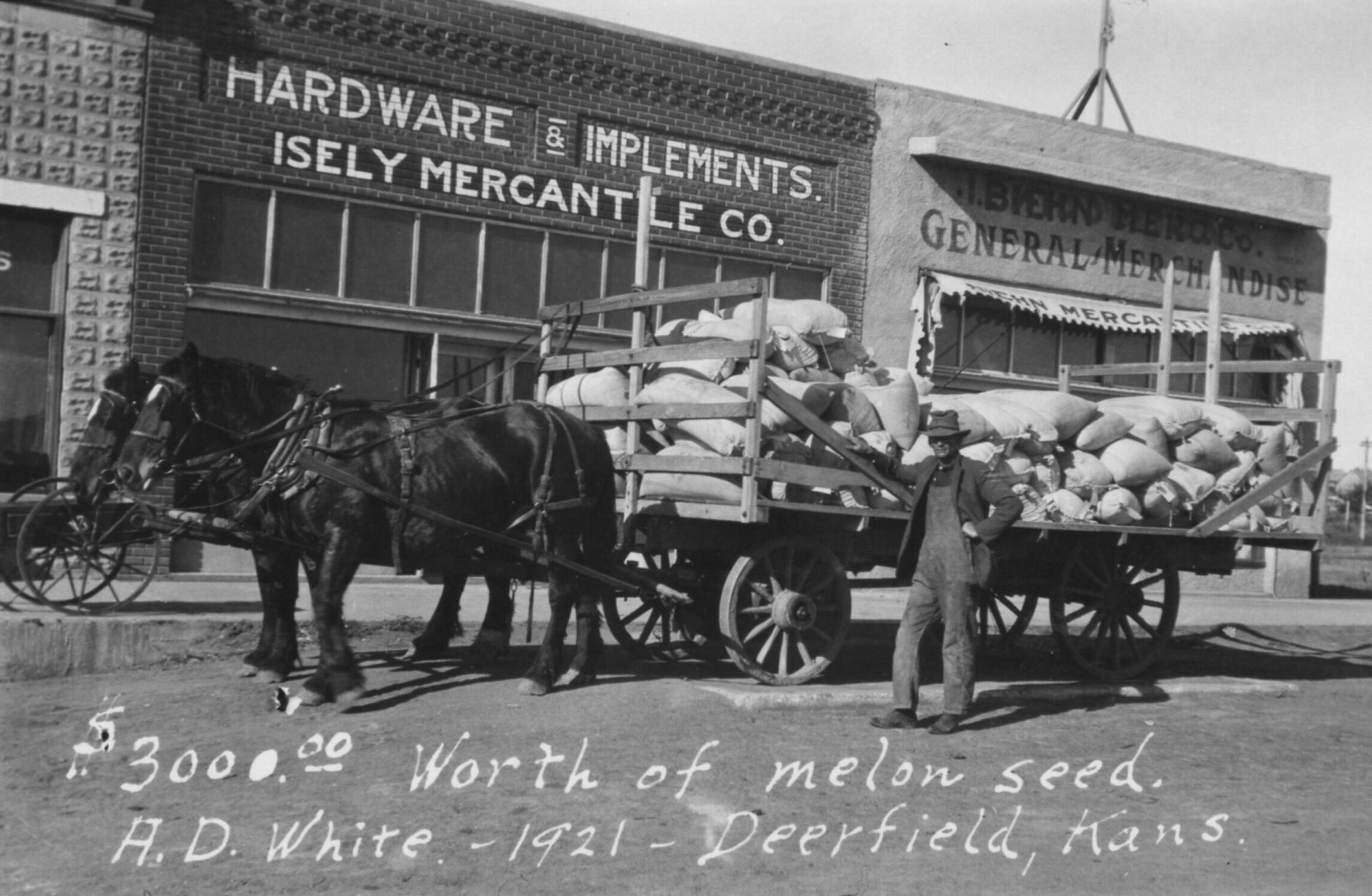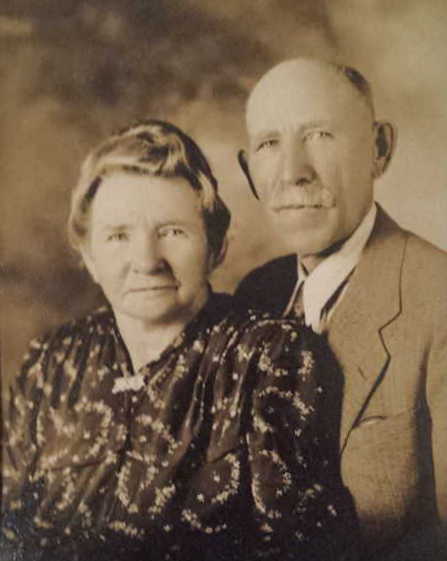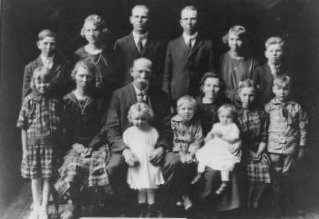Built in simpler times, rural one-room schoolhouses once dotted the Kearny County landscape. These quaint and often crowded schools served the families who lived too far out in the country to attend school in town, and a single teacher taught grades first through eighth. These school buildings were often moved as populations shifted.
Columbia School was one of these schools. Now on the Kearny County Museum grounds, the school house was built north of Lakin in 1893 on the southwest corner of section 34-22-36. It was the first school built in what was then known as District 7, and Willard Miller was hired as the first teacher. Miller suggested the name “Columbian” as that was the year of the Columbian Exposition, the world’s fair held in Chicago which celebrated the 400th anniversary of Christopher Columbus’s voyage to America.
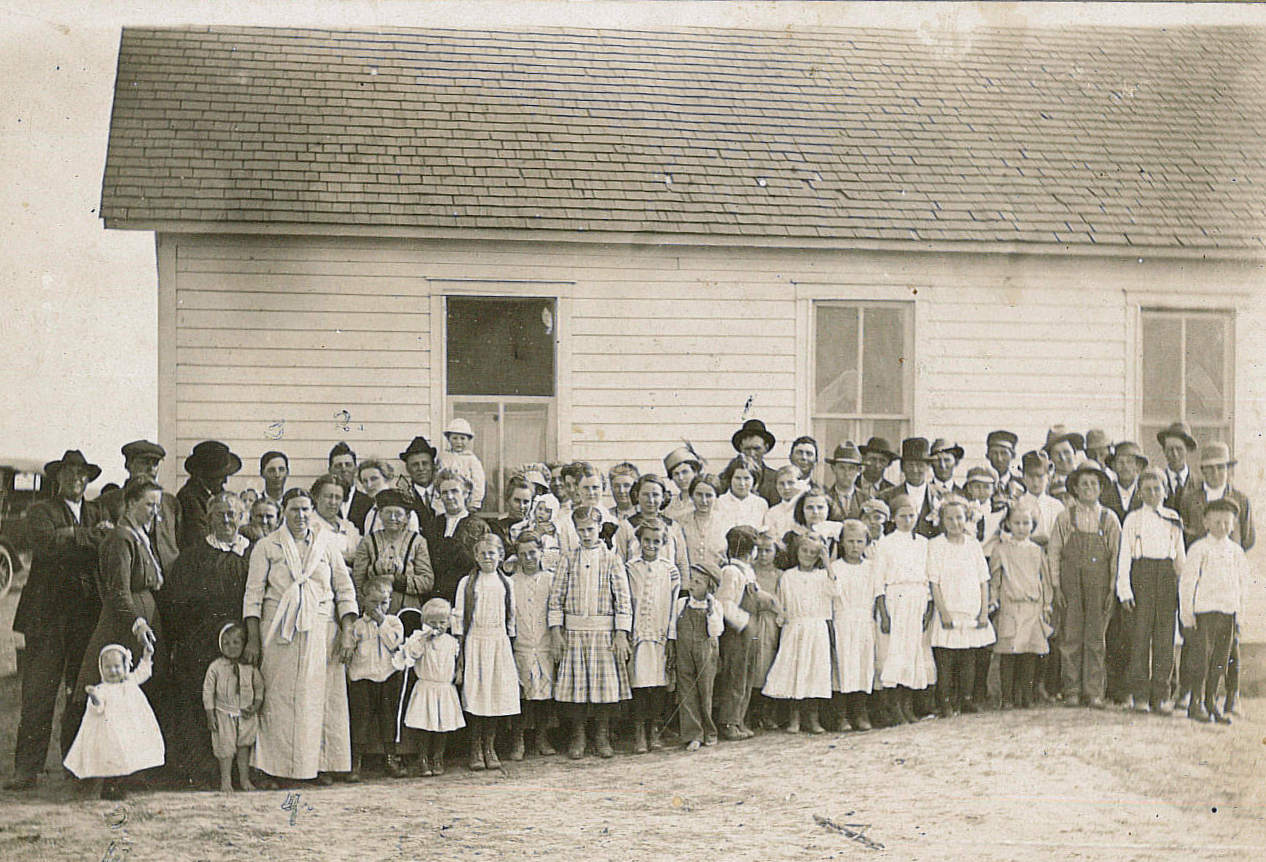
Columbian would go through a succession of teachers as well as students in the coming years as families moved in and out of the neighborhood. There was no school taught there during some terms, and other terms were shortened to as little as four months. According to former student and teacher Maybelle James Gropp, the schoolhouse was moved about 1912 to the NE quarter section of 9-22-36 to accommodate the shifting population, and the “n” was dropped from the name. One-room schools were also often referred to by the surname of the family whose ground the school was located on or by the families whose children made up the majority of the attendance. Columbia was known at times as the James and Bruner school as well as the Greeson school.
Church services, Sunday School, revivals and social programs were also held in the little school building. Pie socials and other fundraisers helped with purchasing supplies and equipment for the school, and books were regularly exchanged with other rural schools to provide pupils with a variety of reading materials. After receiving their eighth-grade education, students took the rural school examination in Lakin. Some went on to attend high school after that while others joined the work force. A few, like Maybelle, returned to teach at Columbia.
Mildred Linder taught at Columbia during the 1930s and recalled how a blizzard made it impossible for parents to pick up their children from school that awful winter day. Students stayed all night in the school house, and to keep everyone warm, Lindner had to make several trips throughout the night to retrieve coal from the outside coal shed. “We weathered the storm, and the children didn’t cause any trouble, but we were glad when the roads were opened about 10 a.m. and their parents came to take them home.”
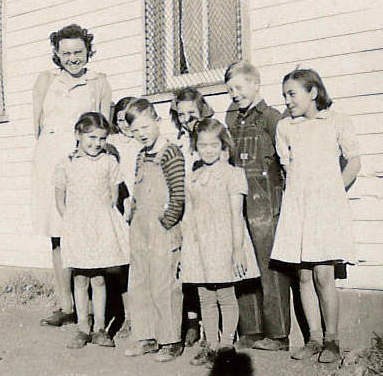
In 1951, Columbia was consolidated into District 23. A new school building, North Kearny School, opened in January of 1952 to accommodate District 23 students. Columbia went up on the auction block that year, and Maybelle and her husband, Rudy Gropp, purchased the building. Maybelle would later transfer ownership to the Kearny County Historical Society for the whole sum of $1.
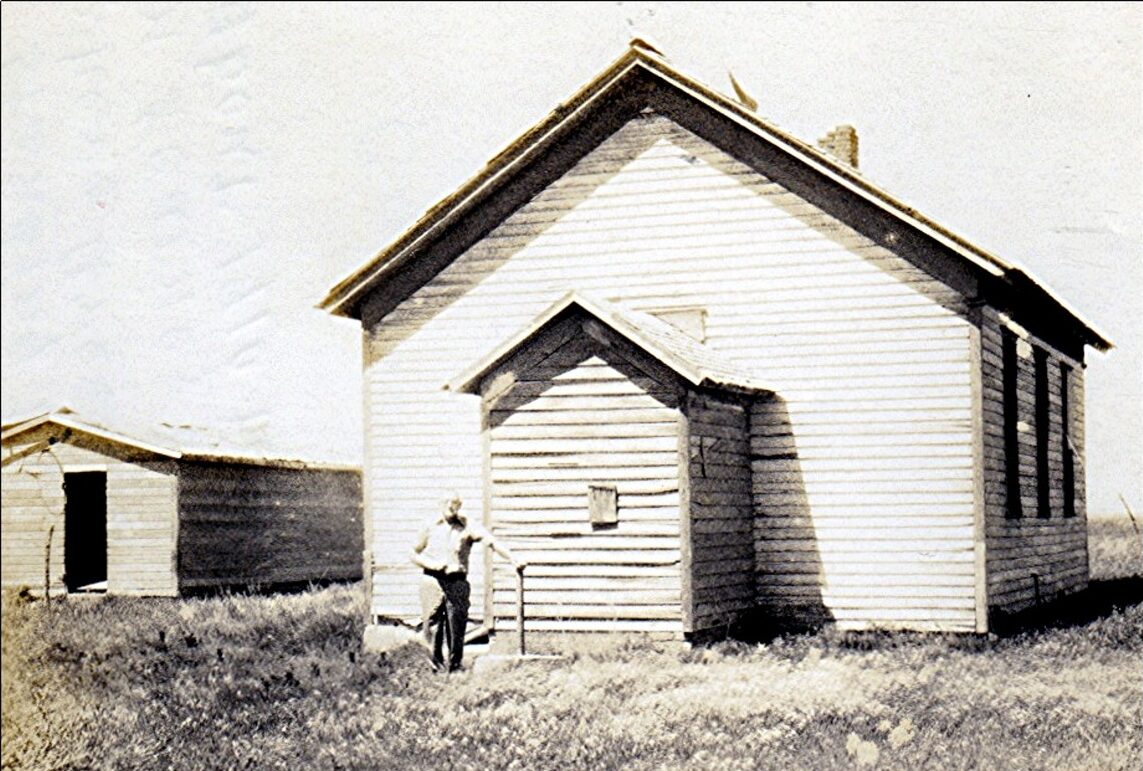
Columbia was moved from its location about 15 miles north of Lakin to the museum grounds in 1977, and Lynn Cannon and Harold P. Walker, both long-time Kearny County residents, donated considerable time and labor to restore the building both inside and out. Several others also helped with the repairs and with furnishing the one-room school, and many donated graciously to the project. A grand opening was held May 10, 1980, along with an open house for the Kearny County Museum’s main building. Maybelle was no longer living in Lakin at that time so her sister, Sula James Mace, cut the ribbon to the school. Sula too had not only attended but taught at Columbia. Since that celebratory day in 1980, school children and museum visitors have delighted in learning lessons “of old” while visiting this preserved classroom of the pioneers.
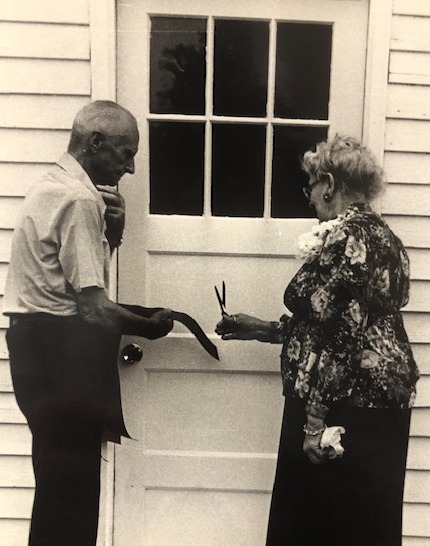
SOURCES: History of Kearny County Vol. I & II; Museum archives; and archives of the Advocate, Lakin Independent, and Garden City Telegram.

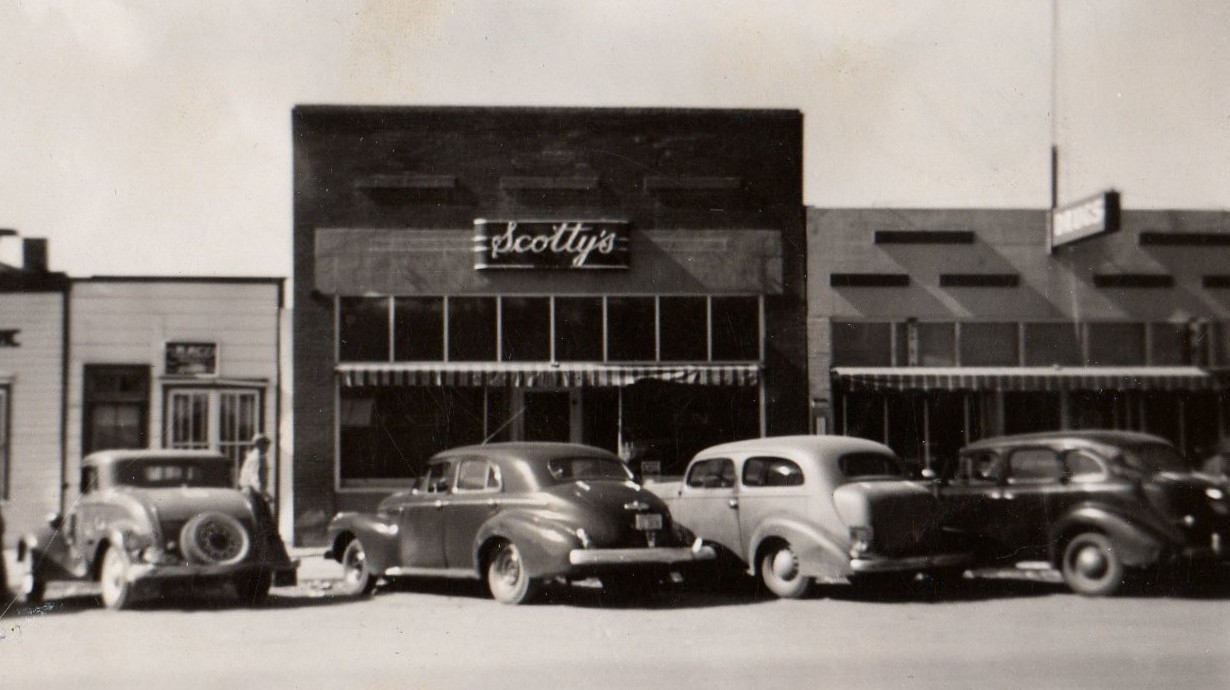
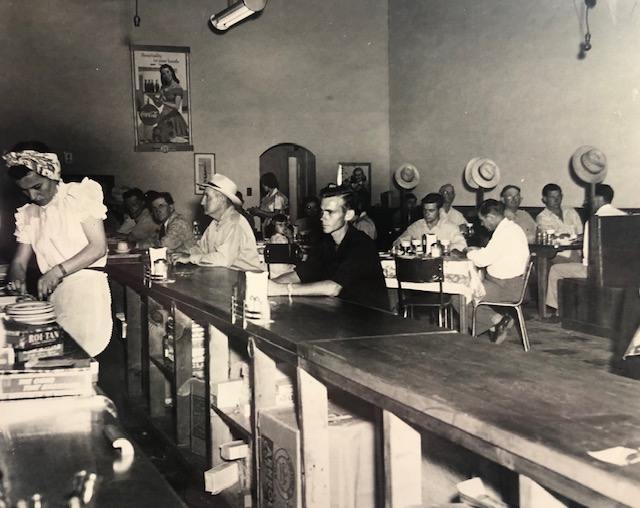
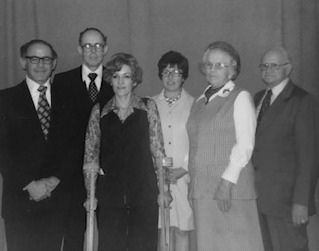
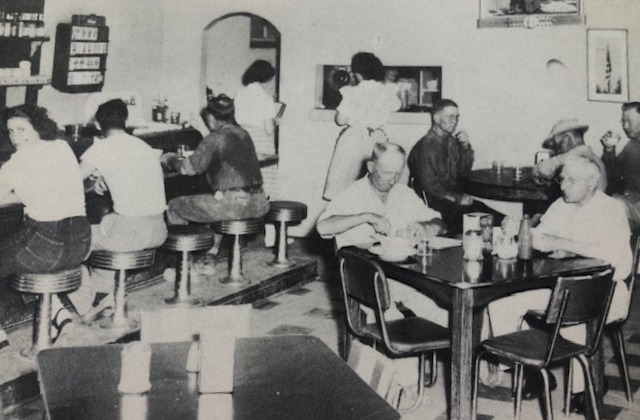
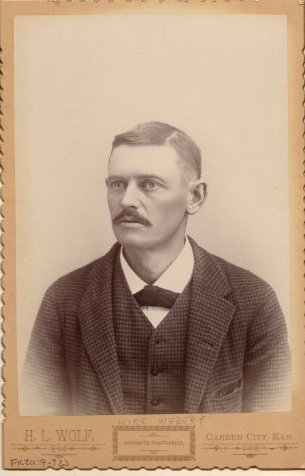 Mike Weber had a serious and somber demeanor and was not known to smile much. Yet, the brother-in-law of Lakin’s founding father was one of the most esteemed citizens in Kearny County. Michael A. Weber was born in Pennsylvania in 1856. He came west to Kansas in June of 1885, settling on a claim near Lakin. In 1895, he married Jennie Farrell at the home of Jennie’s older sister and husband, Mary and John O’Loughlin.
Mike Weber had a serious and somber demeanor and was not known to smile much. Yet, the brother-in-law of Lakin’s founding father was one of the most esteemed citizens in Kearny County. Michael A. Weber was born in Pennsylvania in 1856. He came west to Kansas in June of 1885, settling on a claim near Lakin. In 1895, he married Jennie Farrell at the home of Jennie’s older sister and husband, Mary and John O’Loughlin.